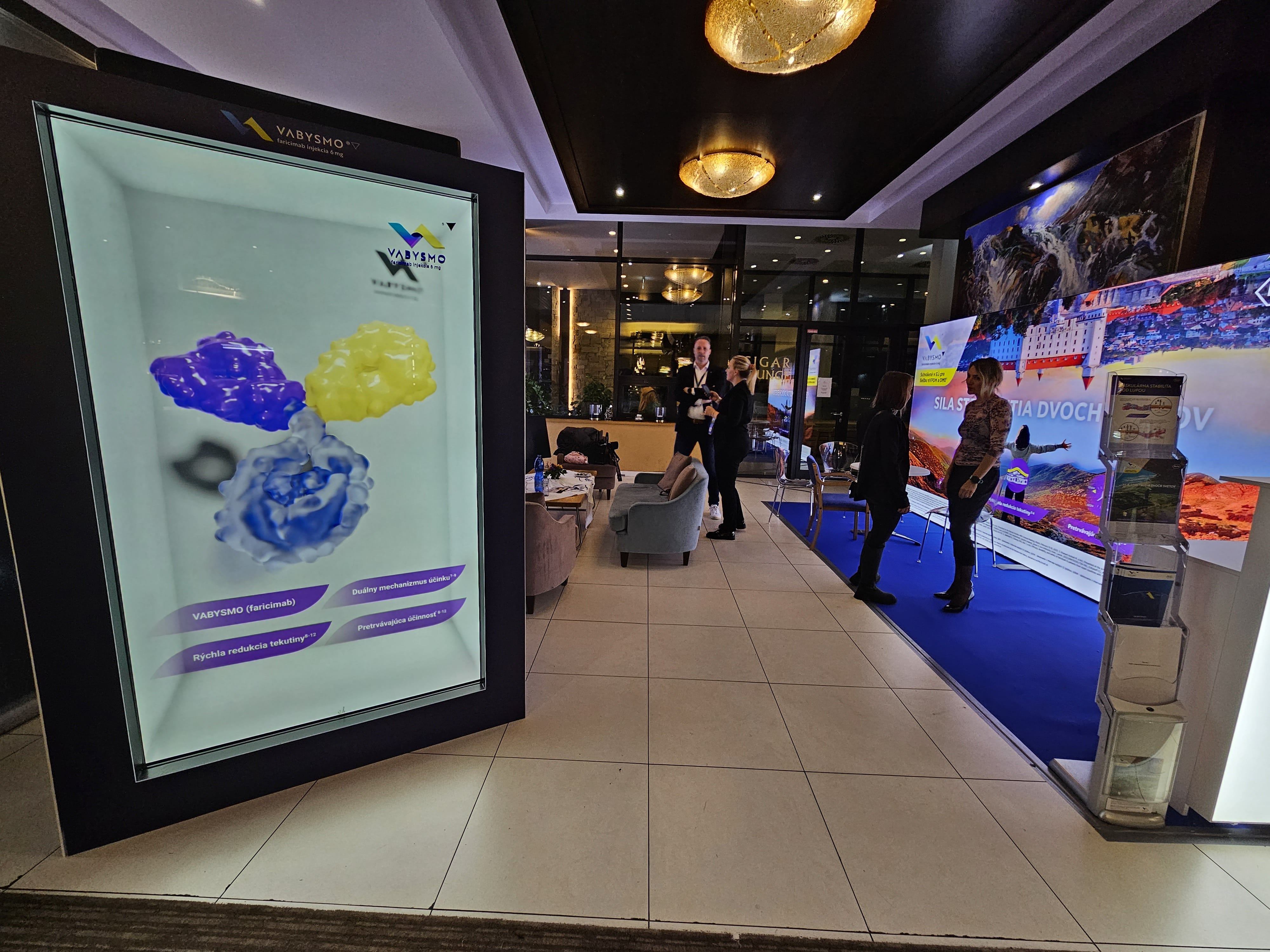What is Hologram Advertising?

Introduction
For businesses today, standing out from the crowd isn't just important – it's essential for survival. As consumers become increasingly harder to impress, traditional advertising methods like paper signs and digital screens often fade into the background of our busy visual world. This is where hologram advertising enters the picture, offering a fresh and exciting way to grab customer attention and deliver your message in a way that's impossible to ignore.
This guide will walk you through everything you need to know about holographic advertising, from its basic principles to practical implementation strategies. Whether you run a small retail store or manage marketing for a large corporation, understanding this technology could transform your marketing approach and give you a significant edge over competitors.
What Is Hologram Advertising?
Hologram advertising uses cutting-edge technology to create three-dimensional images that appear to float in mid-air. Unlike traditional flat screens or printed materials, these displays can showcase products and messages from multiple angles, creating an experience that stops people in their tracks.
Imagine walking past a store and seeing a life-sized, 3D sneaker rotating in space, showcasing every detail from all angles. Or picture a new phone floating above a display case, demonstrating its features in real-time. This is the power of holographic advertising.
How Hologram Advertising Works
The technology behind holographic displays combines several sophisticated elements working in perfect harmony. At its core, the system uses advanced projection technology, either LED or laser-based, to create these striking visual effects.
The process begins with careful planning and design, where businesses work with specialized creators to develop content that will capture attention and convey their message effectively.
The creation of holographic content requires expertise in 3D modeling and animation. Specialists use advanced software to create detailed models and animations that will display properly on holographic systems. These creations must be optimized specifically for holographic display, taking into account factors like viewing angles and lighting conditions.
Installation of a holographic display system requires careful consideration of the environment. The location must have appropriate lighting conditions and enough space for viewers to appreciate the full effect. Many businesses choose to work with companies like Holobox, which provide complete solutions, including the display hardware, content creation, and installation services.
The Impact on Business
The effects of holographic advertising on business performance can be remarkable. Companies that have implemented this technology report significant increases in customer engagement and sales.
For example, a major retail chain that installed holographic displays in their store windows saw customer engagement time increase by several minutes, with many people stopping to watch entire product demonstrations.
Brand Perception and Customer Loyalty
Brand perception also sees a notable boost when businesses implement holographic advertising. Customers tend to view companies using this technology as innovative and forward-thinking. This association can lead to increased brand loyalty and word-of-mouth marketing, as customers share their experiences with friends and family.
Communicating Complex Information
Perhaps most importantly, holographic displays excel at communicating complex information in an easily digestible format.
A medical device company found that using holographic displays to demonstrate their products led to better understanding among potential customers and increased sales conversion rates. The ability to show products in three dimensions, with moving parts and detailed features, helps customers better understand what they're buying.
Real-World Success Stories
The retail industry has seen particularly impressive results with holographic advertising. A global sports brand implemented holographic displays in their flagship stores to showcase their latest sneaker line. The displays allowed customers to see the shoes from every angle, with detailed views of special features and materials. This implementation resulted in a 25% increase in sales of the featured products.
Holograms in the Entertainment Industry
In the entertainment sector, holographic technology has created entirely new possibilities for engagement. Concert venues have used holograms to create innovative performances that combine live musicians with holographic elements, drawing larger audiences and generating significant media attention.
Holograms in Trade Shows & Exhibitions
Trade shows and exhibitions have become another prime venue for holographic advertising. Companies use these displays to stand out in crowded exhibition halls, where capturing attention is particularly challenging.
A technology company at CES used a holographic display to showcase their product lineup, creating a constant crowd around their booth and generating valuable sales leads.
Implementation Considerations
While the benefits of holographic advertising are clear, implementing this technology requires careful planning and consideration.
Future Developments
The field of holographic advertising continues to evolve rapidly. Emerging technologies are making displays more sophisticated and interactive.
AI and Personalization
Artificial intelligence (AI) is beginning to play a role, with systems that can adapt content based on viewer responses and demographics.
Mobile & Augmented Reality Integration
Integration with mobile devices and augmented reality (AR) is opening new possibilities for customer engagement.
As the technology becomes more widespread, costs are gradually decreasing, making holographic advertising more accessible to smaller businesses. Industry experts predict continued growth in both the quality of displays and the variety of applications, suggesting that businesses who adopt this technology early will have an advantage in their markets.
Final Thoughts
Holographic advertising represents more than just a new marketing tool – it's a fundamental shift in how businesses can connect with their customers.
While implementing this technology requires careful planning and investment, the potential returns in terms of customer engagement, brand recognition, and sales make it worth serious consideration for forward-thinking businesses.
Getting Started with Holographic Advertising
Success with holographic advertising starts with understanding your specific needs and goals.
The future of advertising is becoming increasingly interactive and immersive. Holographic displays offer a way to create memorable experiences that capture attention and drive business results.
As this technology continues to evolve and become more accessible, it will likely play an increasingly important role in the marketing strategies of successful businesses.
Want to get news from the world of holograms?
Sign up to our newsletter.

